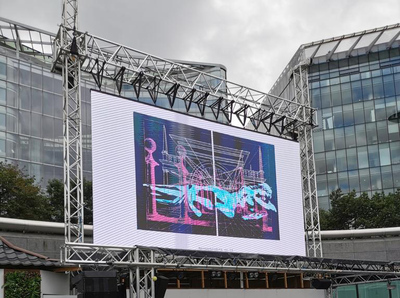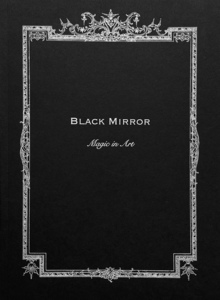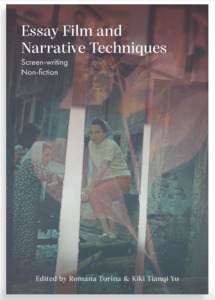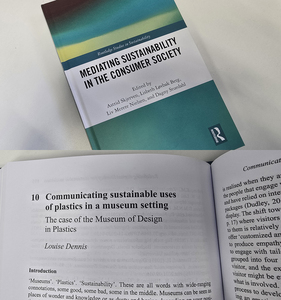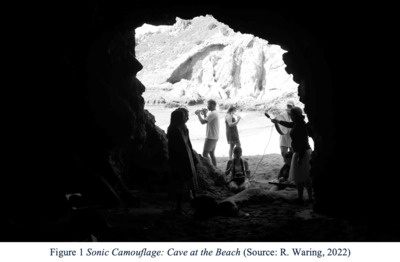Contemporary stop-motion filmmaking is the repository of the special effect, i.e. the physical effect enacted within the camera as opposed to the visual effect generated by computer software and dependent on post-production processing to appear in a final cohesive image. This chapter will consider how special effects operate as part of the Aardman production process, both in practical terms considering how sequences with effects elements are planned and executed, and also in conceptual terms; how do these effects serve to connect stop-motion processes to a Hollywood neo-Baroque? Or can they be seen to constitute performances in themselves, requiring animators to engage more deeply with the ephemeral nature of their subject matter? It will investigate how the performance of the effect relates to what animator Barry Purves has called the ‘instinctive performance’ deployed by stop-motion animators. And in relation to the claymation aesthetics of the Aardman film in particular, it will consider how these effects as a form of fata morgana are rendered materially imminent in the context of a tactile set and what Cordelia Brown has identified as the ‘viewer’s subjective tactile knowledge’, i.e. the haptic perception of the audience. How does the tactile nature of physical effects animation relate to notions of artifice inherent in the aesthetics of stop-motion imagery? And what can this tell us about the organicism of clay as it plays a key role in interpreting Aardman’s animation aesthetic?
 |



 Lists
Lists Lists
Lists

